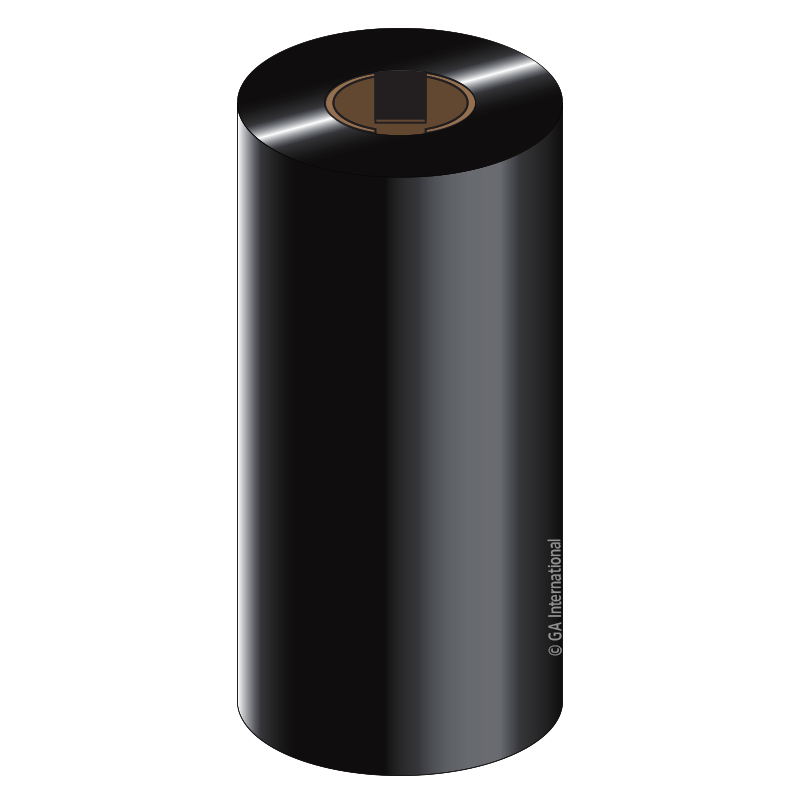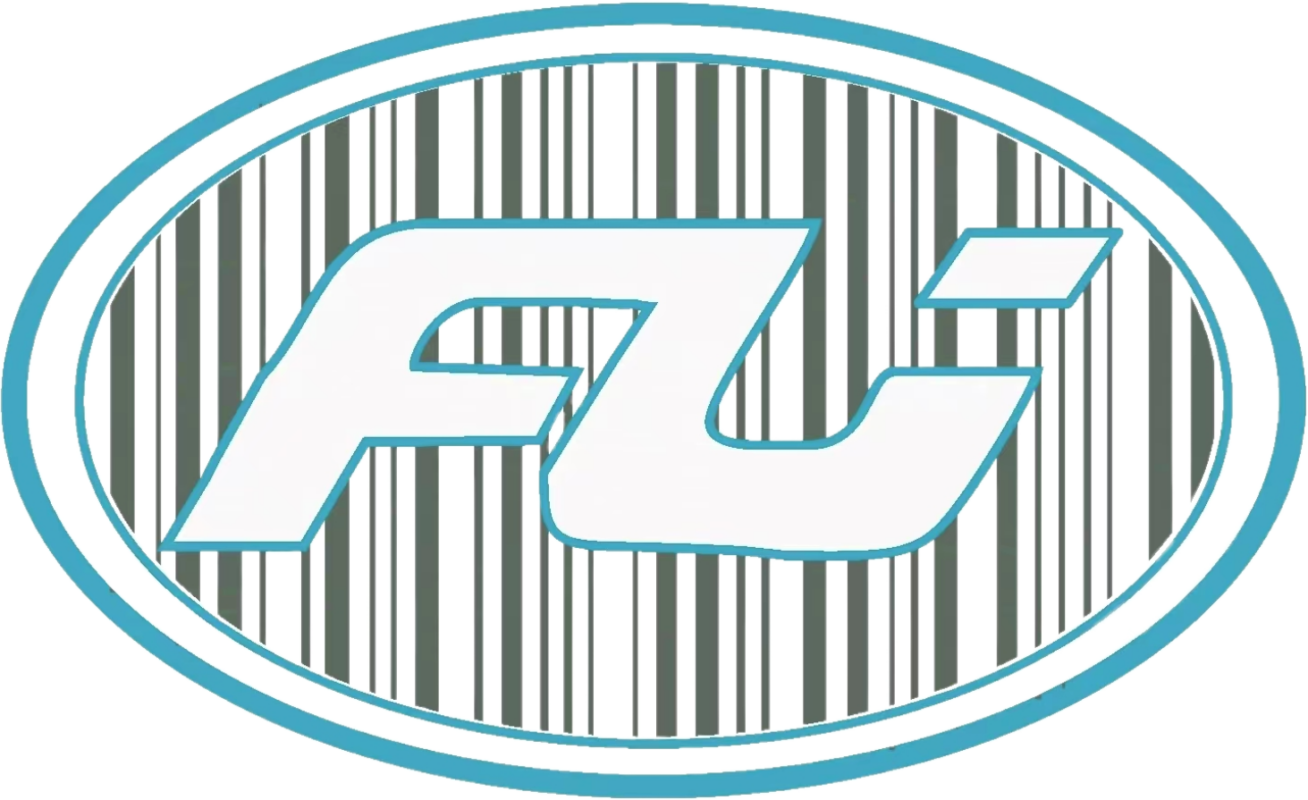Wine bottle packaging and presentation depend much on measures of the wine labels. For distributors delivering labels to vineyards and stores, the size of a wine label not only influences its visual attractiveness but also dictates how much information may be presented, so influencing their choice.
Knowing wine label measurements is essential for distributors to provide customers the best solutions for their branding and legal requirements. Offering the correct label sizes guarantees that your clients’ bottles stand out on the shelf whether they are developing bold labels for mass-market products or refined designs for luxury wines.
The value of wine label measures, standard sizes, and how distributors could help customers select the ideal label proportions will be discussed in this paper. Through mastery of this specialty, distributors can establish themselves as indispensible allies in the wine packaging sector.

Why Wine Label Measurements Count for Distributors
1. Visual Appeal and Branding
The design of a wine label is significantly influenced by its size. While large labels may overshadow the bottle’s appearance, too small labels might not provide adequate information. Understanding label measurements will enable distributors to assist customers find the ideal mix between utility and branding.
2. Control of Regulations
Wine labels have to contain required information including alcohol level, origin, and volume. Good measures guarantee enough room to satisfy legal requirements without sacrificing the design.
3. Fit with Bottle Shapes
From traditional Bordeaux bottles to unusual custom designs, wine bottles range in form and size. Perfect fit and professional look depend on matching label measurements to the bottle.
4. Improved Marketability
A well-sized label will help a wine bottle appeal to consumers, therefore raising its chances of getting seen and bought. Distributors who provide accurately measured labels immediately help their customers’ sales success.
5. Possibilities of Customization
From tiny wineries to major producers, distributors providing a selection of label sizes and styles can serve a wider spectrum of customers.
Consistent Wine Label Measurements
1. Front Label Sizes
Usually including the brand name, type of wine, and vintage, the front label of a wine bottle is the main emphasis of attention. Typical front label measurements include:
- Standard size for most wine bottles, 3.5 by 4 inches strikes a mix between design and information.
- 4 × 4 inches let you create more complex artwork and bigger typography.
- Suitable for minimalistic designs or smaller bottles, 3 x 3 inches.
2. Back Labels’ Dimensions
Additional information including taste comments, food pairings, and regulatory details comes from the back label. Back label common sizes are:
- Standard bottles would find compact and useful dimensions of 3 x 3 inches.
- 3 × 4 inches provide additional area for in-depth material.
- Perfect for little bottles or understated designs: 2.5 by 3 inches.
3. Labels for Wraparound
Covering more of the bottle, wraparound labels combine the front and back label into one piece. Usually, measurements consist:
- Six by four inches: Most regular wine bottles fit here.
- 7 x 3 inches offers a slighter, horizontal layout.
4. Labels for Your Neck
Little, ornamental labels called neck labels line the bottle’s neck. Typical ranges include:
- One x three inch basic strip for advertising text or branding.
- 1.5 × 2 inches lets one create a tiny logo or design.
5. Custom Measures
Custom label sizes can be needed for unusual bottle forms or customized branding. Distributors should carefully collaborate with customers to ascertain the ideal measurements for their particular requirements.
Things to Think About Regarding Wine Label Measurements
1. Bottle Form and Dimensions
The maximum label measurements of the wine bottle depend on its size and form. In particular:
- Typical measurements like 3.5 x 4 inches work nicely for Bordeaux Bottles.
- Given their broader form, burgundy bottles could call for somewhat taller labels.
- Custom Bottles: Need custom label sizes to match distinctive designs.
2. Architectural Details
Design of the label affects its scale. Like:
- Smaller labels using neat, straightforward designs follow minimalism.
- Larger labels to fit complex artwork or lots of text allow for detailed designs.
3. Legal Conditions
Make sure the label has adequate room to contain required information including:
- Alcohol level.
- Volume (750 ml).
- Genesis country of nation.
- Government warnings, when relevant.
4. Manufacturing and Use
Consider the printing method and application process:
- Manual Application: Labels should be easy to handle and align.
- Automated Application: Ensure the measurements are compatible with labeling machines.
5. Ecological Aspects
Wine labels kept in refrigerated or humid environments might call for extra thought including waterproof materials or adhesives.
How Distributors Can Support Customers in Selecting Correct Wine Label Measurements
1. Services of Consultation
Provide tailored advice to grasp the branding, design, and legal requirements of your customer.
2. List Sample Sizes
Sample labels in different sizes let distributors help customers see their designs on real-world bottles.
3. Work with Designers
Closely coordinate graphic designers to guarantee the label measurements complement the general aesthetic and utility.
4. Test Fit for Bottles
Verify a perfect fit by testing the labels on the real bottles before deciding on measurements.
5. Provide Possibilities for Customizing
Offer a range of bespoke sizes and forms to fit distinctive branding ideas and bottle designs.
Difficulties with Wine Label Measurements and Solutions
1. In Mismatched Sizes
Problem: Labels that are too large or too small for the bottle.
Solution: Always verify the bottle’s dimensions before recommending a label size.
2. Regulatory Non-Compliance
Problem: Labels that lack space for mandatory information.
Solution: Include regulatory requirements in the initial design process.
3. Application Issues
Problem: Labels that wrinkle or misalign during application.
Solution: Ensure the measurements are compatible with the application method and test for accuracy.
4. Material Limitations
Problem: Labels that don’t adhere properly due to environmental conditions.
Solution: Use high-quality materials and adhesives suited to the wine’s storage conditions.
Why Wine Label Measurements Are a Lucrative Opportunity for Distributors
1. Growing Wine Industry
The global wine market continues to expand, creating consistent demand for high-quality labels.
2. Recurring Business
Wineries often need regular label orders for new vintages and product lines, providing a steady revenue stream.
3. Value-Added Services
By offering expertise in wine label measurements, distributors can differentiate themselves and build long-term client relationships.
4. Customization Potential
Custom label sizes and shapes allow distributors to cater to a wide range of clients, from boutique wineries to large-scale producers.
Conclusion
Wine label measurements are an important feature of wine packaging, effecting both utility and branding. For distributors, offering suitably sized labels is a wonderful method to meet the needs of wineries and retailers while establishing a profitable business.
By understanding the complexities of wine label measures, offering bespoke solutions, and giving great service, distributors may position themselves as trusted partners in the wine industry. Whether your clients need conventional label sizes or unique designs, mastering wine label measures is vital to success.
よくあるご質問
1. What Are the Normal Wine Label Measurements?
Common sizes include 3.5 x 4 inches for front labels, 3 x 3 inches for back labels, and 6 x 4 inches for wraparound labels.
2. Can Wine Label Measurements Be Customized?
Yes, wholesalers can supply custom label sizes and shapes to match particular bottle designs and branding needs.
3. What Variables Determine Wine Label Measurements?
Key aspects include bottle form and size, design components, regulatory constraints, and application methods.
4. How Can Distributors Assure the Appropriate Label Fit?
Conduct test fits on actual bottles, interact with designers, and give sample sizes to clients.
5. Why Are Wine Label Measures Crucial for Branding?
Properly sized labels increase the bottle’s visual attractiveness, express brand identification, and ensure regulatory compliance.
